Fishing has long been a beloved pastime for countless outdoor enthusiasts. Recently, there has been a surge in popularity of a specialized form of the sport – kayak fishing. The excitement and adventure that come with gliding silently through the water, armed with a paddle and a rod, can be quite alluring. For some, it’s a more cost-effective and accessible alternative to traditional boat fishing.
However, like anything, there are pros and cons when it comes to investing your time and resources into this growing trend. So, is kayak fishing really worth it?
In this article, I’ll be sharing my personal experiences with kayak fishing, including the advantages and challenges that come with it. Subsequently, I’ll offer tips for beginners thinking of joining the kayak fishing community, and compare it with traditional boat fishing. By the end, you should have a better understanding of what to expect if you’re considering whether to embark on your own kayak fishing journey.
Contents
Contents
What Is Kayak Fishing?

Kayak fishing is a unique and increasingly popular way of combining the recreational activity of kayaking with the sport of fishing. It involves paddling a specially designed, small, and lightweight boat called a ‘kayak’ while utilizing various fishing techniques.
Usually, these kayaks are equipped with essential fishing accessories such as rod holders, bait buckets, storage compartments, and mounting options for electronic devices such as GPS and fish finders. The combination of these features allows anglers to easily maneuver in the water while casting their lines and handling their catches.
One of the key aspects that draw anglers to kayak fishing is the ability to access hard-to-reach spots in shallow water, around structures, or in remote locations. This method enables an adventurous, stealthy approach to fishing, and helps reduce the impact on the environment.
In essence, kayak fishing is an innovative outdoor pursuit that bridges the gap between fishing enthusiasts and those who appreciate spending time on the water through kayaking. It provides an alternative, eco-friendly means to traditional motorized boat fishing and offers numerous benefits that contribute to its rising popularity among anglers of various skill levels.
The Advantages Of Kayak Fishing
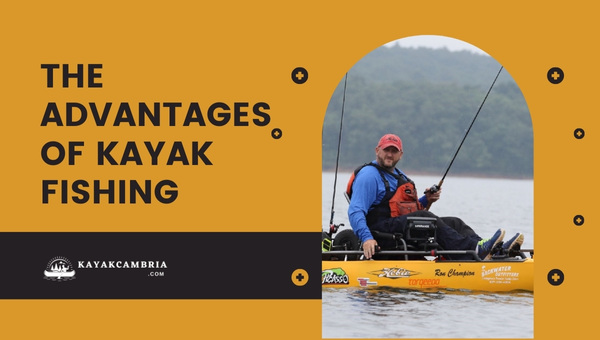
As I delved into the world of kayak fishing, I was pleasantly surprised by the numerous advantages it offered. Here, I’ve outlined some of the key benefits that make kayak fishing a rewarding hobby for many anglers.
1. Affordability Compared To Traditional Boats
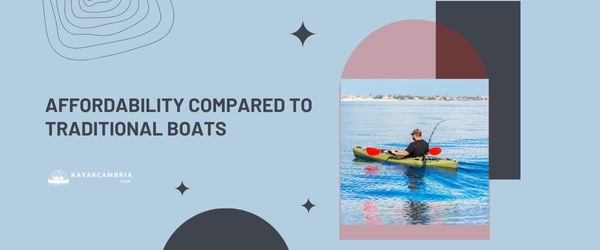
One of the most notable advantages of kayak fishing is the financial aspect. High-quality kayaks are available at a fraction of the cost of motorized fishing boats. This makes it an attractive option for anglers on a budget or for those looking for a more cost-effective way to enjoy the sport.
2. Accessibility To Hard-to-Reach Fishing Spots
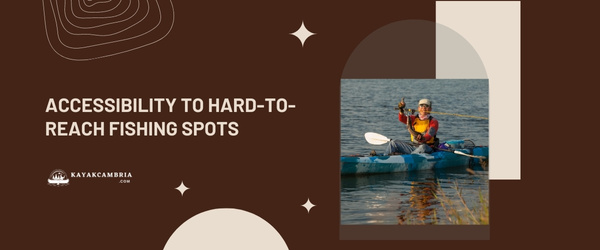
With a sleek profile and maneuverability, kayaks offer unparalleled access to shallow waters and hidden fishing spots that would be unreachable with larger, motorized boats. This increases the chances of finding the perfect fishing spot that other anglers may not have discovered.
3. Ease Of Transportation And Storage
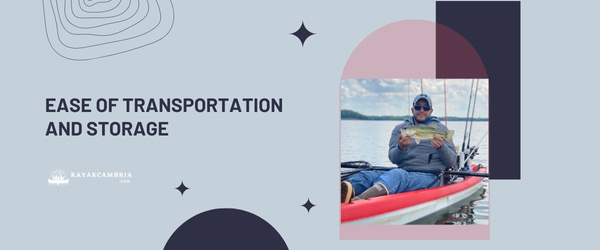
The compact design and lightweight nature of kayaks make them easy to transport and store. Simply strap a kayak to your car’s roof rack or pop it in the bed of a truck and you’re ready to go. Additionally, if you opt for an inflatable kayak, storage becomes even more convenient since it can be deflated and tucked away in a closet when not in use.
4. Environmentally Friendly Option

For the environmentally conscious, kayak fishing is a green choice. As a kayaker, you’ll be slipping through the water using only your own muscle power instead of relying on motorized engines that can produce pollution and harm the aquatic ecosystem.
5. Increased Stealth And Ability To Approach Fish
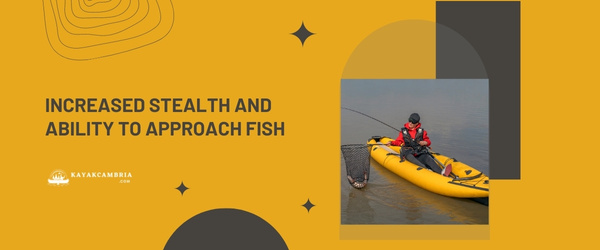
Kayak fishing offers a level of stealth that is unparalleled by motorized boats. With no engine noise, there’s a lower chance of spooking fish, making it easier to get up close and increase your chances of a successful catch.
5. Personal Fitness Benefits
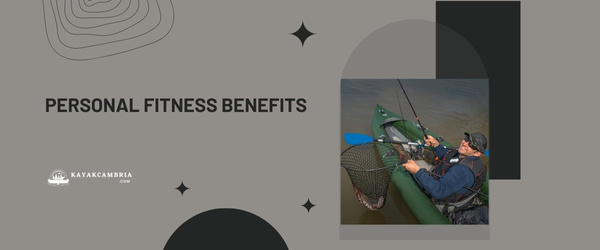
Last but not least, there is a bonus to getting off the couch and hitting the water in a kayak – it’s a great workout! Paddling works your upper body and core muscles, while constantly adjusting balance engages your lower body as well. This can provide a full-body workout during an enjoyable day of fishing.
Overall, I have found that the advantages of kayak fishing make it a worthwhile investment for those looking to explore new waterways, enjoy nature, and perhaps even improve their angling success.
The Challenges Of Kayak Fishing
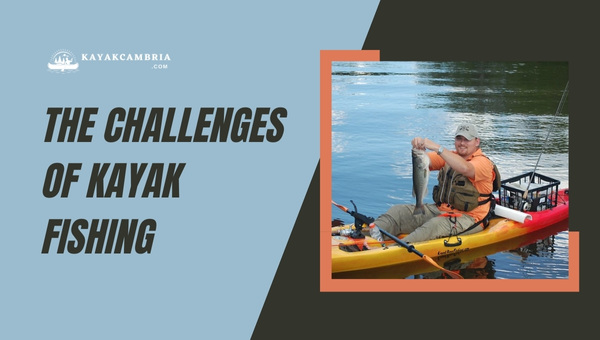
As with any outdoor activity, there are certain challenges that come along with kayak fishing. While the advantages may seem quite enticing, it’s important to be aware of these potential obstacles, and how they may impact your experience.
1. Limited Space For Gear And Storage
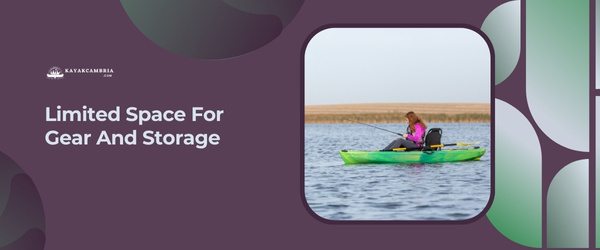
One of the most obvious challenges of kayak fishing is the limited amount of space available for storing gear and equipment. Unlike a traditional boat, a kayak is a small, compact watercraft with limited room for storage.
As a result, it’s important to carefully consider what items are essential for your fishing trip and to pack accordingly. You may need to invest in compact, multi-functional tools and items to help you better utilize space.
2. Potentially Difficult Learning Curve

For those new to kayaking or fishing, combining these two activities can present a steep learning curve. From learning how to balance and paddle efficiently while seated in a kayak to mastering the art of casting and reeling in fish, there’s a lot to grasp. It’s essential to practice and familiarize oneself with these skills before embarking on a full-fledged kayak fishing adventure.
3. Safety Concerns On The Water
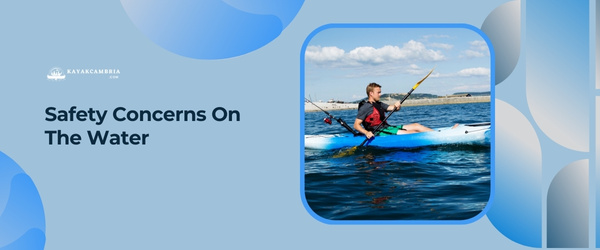
Being out on the water in a kayak, especially if solo, can present some safety concerns. It’s vital to be aware of the risk of capsizing, and the need for life jackets, and to understand how to handle any encounters with wildlife. Additionally, other watercraft can pose a risk when not paying attention to their surroundings, so being vigilant is key.
4. Weather And Water Conditions To Consider

Weather and water conditions have a significant impact on any fishing experience. When kayak fishing, they can become even more critical due to our close proximity to the water and less protection from the elements. Wind, rain, temperature fluctuations, and strong currents can all affect your trip and should be carefully planned for and monitored. To ensure a safe and fruitful kayak fishing experience, be sure to check weather forecasts and remain alert to changing conditions while out on the water.
While the challenges of kayak fishing may require some adjustments and extra precautions, they can also be seen as opportunities for personal growth and development in the sport. By acknowledging and preparing for these challenges, you can enhance your overall experience and enjoy the unique opportunities kayak fishing has to offer.
Tips For Beginners To Kayak Fishing

As I dove into the world of kayak fishing, I discovered several useful tips every beginner should have in their arsenal. To help kickstart your kayak fishing journey, here are some crucial pointers to keep in mind:
1. Choosing The Right Kayak And Gear
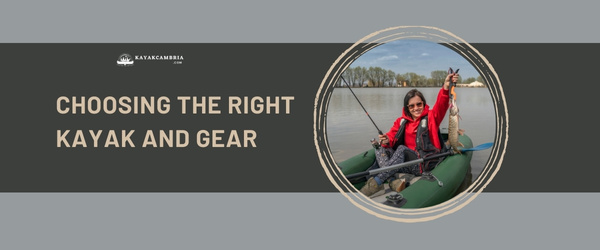
Before embarking on any kayak fishing adventure, selecting the right kayak is of utmost importance. Consider factors like stability, storage space, and comfort when making your decision. Sit-on-top kayaks are often recommended for fishing, with their exceptional stability and spacious storage areas. Additionally, invest in essential gear such as a paddle, comfortable life jacket, and rod holder.
2. Taking Safety Precautions
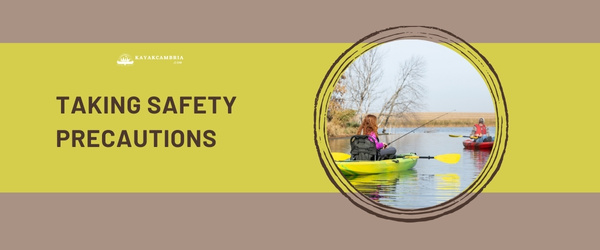
One can never be too safe when it comes to water activities. Always wear a life jacket, even if you are confident in your swimming abilities. Make sure you are aware of the local weather and water conditions before heading out. Pack essential safety items like a whistle, compass, and headlamp. For added protection, invest in a waterproof communication device or GPS system.
3. Methods For Efficient Kayak Fishing
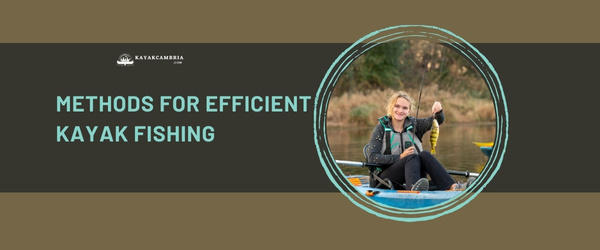
Efficiency goes a long way in kayak fishing. Learning how to paddle smoothly and maintain excellent balance ensures a fantastic experience. Practice various casting techniques depending on the fishing spot and the species you target. Learn how to use an anchor trolley system that allows you to anchor the kayak effectively, an invaluable technique when fishing in windy conditions.
4. Joining A Community Or Seeking Instruction

There’s no better way to learn than by surrounding yourself with experienced anglers. Join a local kayak fishing club or online forums where you can share tips, tricks, and fishing spots. If you prefer a more hands-on approach, consider booking a guided kayak fishing trip or enrolling in a class with a certified instructor.
By following these tips, beginners can quickly adapt to the exciting and rewarding world of kayak fishing, all while staying safe and prepared for every adventure ahead.
Comparing Kayak Fishing To Traditional Boat Fishing
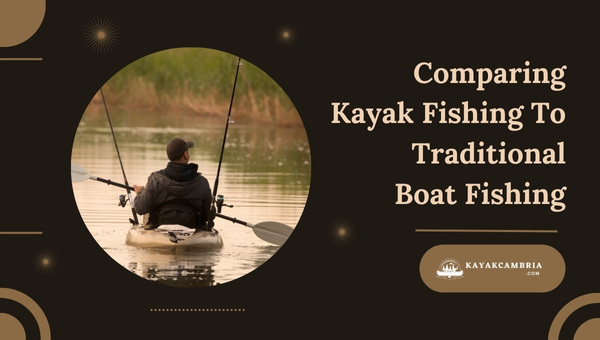
When weighing the pros and cons of kayak fishing versus traditional boat fishing, several factors come into play. Each method has its unique advantages, challenges, and considerations. The ultimate preference depends on individual goals, budgets, locations, and overall fishing experiences.
Pros of Kayak Fishing
- Affordability: Kayaks are significantly more affordable than boats, making them an ideal choice for those on a budget.
- Accessibility: Kayaking provides access to hard-to-reach fishing spots.
- Portability: Kayaks are easily transportable and require minimal storage space.
- Environmentally friendly: Kayaks are eco-friendly, with no fuel required and minimal impact on aquatic habitats.
- Stealth: Kayaks allow a silent approach, increasing the chances of catching fish.
Pros of Traditional Boat Fishing
- Greater space: Boats offer more room for gear, storage, and accommodating multiple anglers.
- Power and speed: Boats can cover larger distances and are typically faster than kayaks.
- Comfort: Boats provide a more comfortable experience with seating, shade, and amenities.
- Safety: Boats can handle rougher water conditions and are less likely to capsize.
Deciding Factors
- Budget: Consider the cost of ownership, maintenance, and necessary gear for each method.
- Location: Assess the type of water bodies and fishing spots you intend to frequent.
- Goals: Determine your fishing goals, whether for leisure, exploration, or seeking challenging catches.
- Personal preference: Gauge your overall comfort level and enjoyment with each method.
Ultimately, the comparison between a kayak and traditional boat fishing boils down to individual choice and mindset. While kayaks might be a more financially and environmentally conscious option, boats offer comfort, space, and greater capabilities for those wanting to tackle larger-scale fishing endeavors. By understanding the differences and weighing the factors, each angler can decide which route suits them best.
Factors To Consider When Choosing A Fishing Kayak
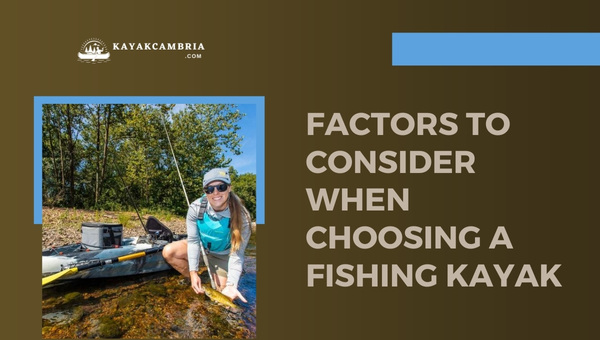
When it comes to choosing the perfect fishing kayak, there are several factors to consider in order to ensure you have the best experience on the water. Before making your decision, keep in mind the following aspects:
1. Type Of Kayak
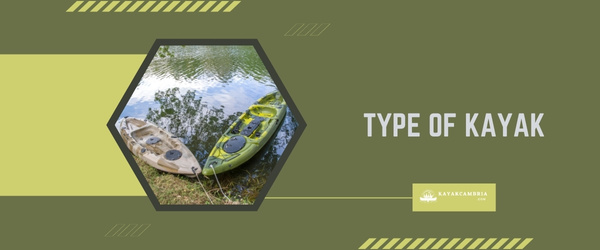
There are two main types of fishing kayaks: sit-on-top and sit-inside. Sit-on-top kayaks are typically more stable and user-friendly, while sit-inside kayaks can offer better protection from the elements. Consider your personal comfort and the type of fishing you plan to do when selecting the right type of kayak.
2. Size And Weight
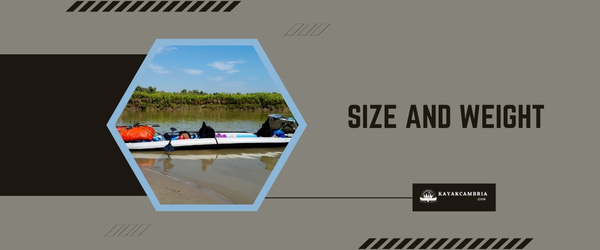
The size and weight of your fishing kayak relate to the kayak’s stability, maneuverability, and transportation requirements. Longer kayaks tend to track better on the water, while shorter ones are easier to maneuver. Meanwhile, lighter kayaks are easier to transport but may be less stable in the water.
3. Kayak Stability
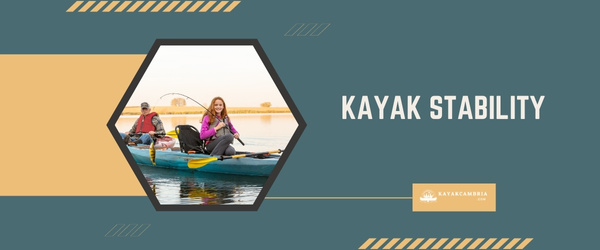
When fishing from a kayak, stability is crucial. Wider kayaks offer greater stability, making it easier to stand up and cast or move around without tipping over. However, wider kayaks may be slower and heavier than their narrower counterparts, so it’s essential to find the right balance based on your needs.
4. Storage And Gear Capacity
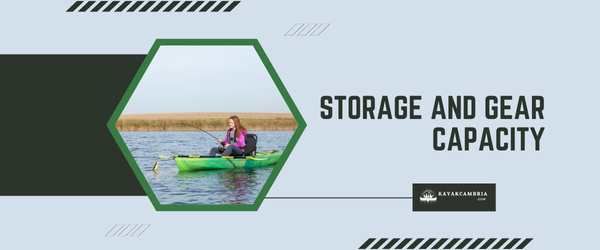
Fishing kayaks should have ample storage space for your fishing gear, personal belongings, and any fish you catch. Consider kayaks with watertight hatches, rod holders, and gear tracks or mounts for additional accessories. Pay attention to the kayak’s weight capacity to ensure it can handle the weight of your gear, as well as your own.
5. Comfort And Seat Design

Since you’ll likely spend hours sitting in your fishing kayak, a comfortable and adjustable seat is essential. Look for kayaks with high-quality, padded seats that offer lumbar support and adjustable positioning to suit your preferences.
6. Material And Durability
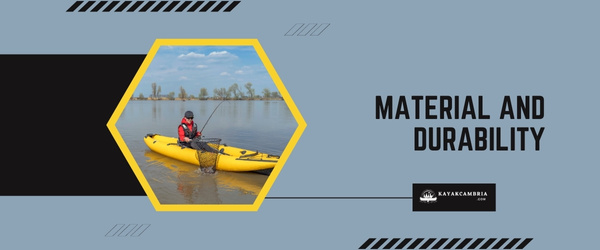
Fishing kayaks are typically made from polyethylene, ABS plastic, or composite materials. Polyethylene is the most affordable option but may be less durable over time, while composite kayaks offer high performance and durability but come at a higher price point.
7. Price And Budget

Last but not least, your budget will play a significant role in your decision. With a wide range of prices available, it’s important to weigh your options and select a fishing kayak that offers the features you need without breaking the bank.
By considering these factors and prioritizing what’s essential to you, you’ll be well on your way to choosing the perfect fishing kayak for your adventures. With the right kayak, you can make the most of your time on the water and enjoy the many benefits kayak fishing has to offer.
Frequently Asked Questions
1. How do you choose the right kayak for fishing?
Consider factors such as size, weight capacity, comfort, stability, storage options, and whether you want a sit-on-top or sit-inside kayak to meet your specific needs.
2. What essential gear do I need to start kayak fishing?
You will need a kayak, paddle, personal flotation device (PFD), fishing rod and reel, tackle, anchor, paddle leash, and a whistle for safety.
3. How do I pack my gear efficiently for a kayak fishing trip?
Use dry bags to keep items waterproof, store smaller items in tackle boxes or containers, and invest in kayak-specific storage like crates or rod holders for easy organization.
4. What safety precautions should I take while kayak fishing?
Always wear a PFD, carry a whistle and other signaling devices, check weather and water conditions before heading out, inform someone about your plans, and carry a first-aid kit and necessary safety gear.
5. Do I need a fishing license for kayak fishing?
Yes, a fishing license is required in most regions. Check regulations in your area to obtain the necessary permits.
6. How do I handle fish while on a kayak?
Invest in a good pair of fish grips or a net, use pliers to remove hooks, and store your catch in a cooler or fish bag.
7. Can I take my kayak fishing in saltwater?
Yes, many kayaks are suitable for saltwater fishing. Be sure to rinse off all equipment with fresh water after every outing to prevent corrosion.
8. How do I paddle and fish at the same time?
Try anchoring, using a drift chute, or positioning the kayak in a way that allows you to fish while maintaining stability and control. Many anglers also invest in a hands-free pedal-drive system.
9. Are there specific techniques for kayak fishing in rivers versus lakes?
Yes, factors such as water flow, depth, and structure will affect your approach. Be aware of safety hazards like currents and obstacles, and adapt your techniques to target the unique fish species found in each habitat.
10. How do I clean and maintain my kayak after use?
Empty the kayak of all gear and accessories, rinse with fresh water, scrub with mild soap as needed, and inspect for any necessary repairs. Dry and store the kayak in a protected area, avoiding direct sunlight or extreme temperatures.
Conclusion
Throughout my journey exploring the world of kayak fishing, I’ve come to realize that the sport offers a unique, enjoyable, and often rewarding experience. Kayak fishing has proven to be an affordable, accessible, and environmentally friendly option for many anglers. And while there are undoubtedly challenges involved, such as limited space and potential safety concerns, the benefits seem to outweigh these difficulties for many of us.
As an angler, you’ll have to factor in your personal preferences, budget, location, and fishing goals when deciding if kayak fishing is worth it for you. For me, it’s been an incredibly fulfilling experience that has not only improved my fishing skills but also introduced me to an amazing community of like-minded enthusiasts.
If you’re curious about kayak fishing and considering trying it out, don’t be afraid to dive in (quite literally) and give it a try. Who knows, you might just find your new favorite, worth-it pastime in this adventurous sport. So, in my opinion, yes – kayak fishing is indeed worth it.

